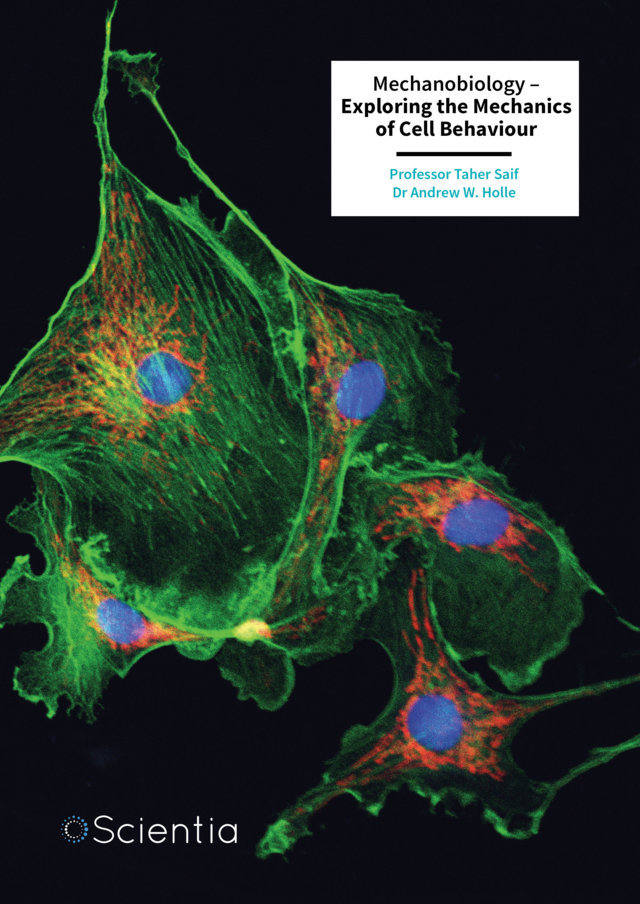In recent years, plant-based diets have gained significant traction, not just among vegetarians and vegans but also among individuals looking to improve their health and reduce their environmental impact. Increasing public awareness of the role of animal food production in driving climate change, along with the potential health risks of consuming large amounts of animal foods has powered this phenomenon. However, one of the ongoing debates in nutrition revolves around protein, a crucial nutritional component, and the nutritional quality of various protein sources. Can plant-based protein sources provide sufficient, high-quality protein compared with animal-based protein sources in the context of a dietary pattern? The question relates to consumer awareness and education, as not all plant proteins are created equal, and replacing meat, diary, and other animal proteins with just one or two plant protein sources may not provide everything we need nutritionally. Rather, a mix of plant protein sources may be required as an adequate replacement for high quality animal protein. As consumers increasingly replace animal proteins with plant proteins, potentially without awareness of these issues, is the overall quality of the protein they are consuming decreasing? Dr. Christopher Marinangeli of Protein Industries Canada and his colleagues set out to answer this question in their research on the effects of increasing plant protein intake on protein quality and nutrient consumption among U.S. adults. More
Protein is a crucial macronutrient that supports muscle function, immune health, and numerous bodily processes. We all need a sufficient amount of protein, and the essential amino acids it provides, in our diets. Those with a particularly active lifestyle may need more than others. However, not all proteins are created equal. The quality of a protein source depends on its amino acid composition and digestibility, factors that influence how well our bodies can use the essential amino acids in the protein we consume.
Dr. Marinangeli and his colleagues used data from the US National Health and Nutrition Examination Survey (or NHANES for short) to analyze how increasing plant protein intake affects protein quality. The goal was to assess what types of plant protein people consume as plant protein increases in the diet and if the protein content and quality of protein in the diet changed. The researchers measured protein quality using the Protein Digestibility-Corrected Amino Acid Score (or PDCAAS for short), an internationally recognized method for assessing protein quality. In fact, it is the method used to assess the protein quality of a food to determine if it can carry a “source of protein” claim in the US.
The study found that as plant protein intake increased, overall protein consumption and the PDCAAS decreased, indicating that, depending on which sources and amounts of plant protein are consumed, they may not always provide the same amino acid profile as diets with higher levels of animal proteins.
For example, in the highest quartile of plant protein consumption, daily protein intake was approximately 72 grams per day, compared with 96.6 grams in the lowest quartile of plant protein intake. The PDCAAS score, which ranges from 0 to 1.0, dropped from 0.91 in the lowest quartile of plant protein intake to 0.80 in the highest, reinforcing the need for strategic dietary planning when shifting to plant-based protein sources.
The reason for this rather large decrease in protein intake and protein quality at higher levels of plant protein intake is that the vast majority of plant protein was derived from cereal grains. This is not surprising given that cereal grains represent the primary source of plant protein in the world because of the sheer volume of production and use in dietary patterns. But cereal grains are not considered to be protein foods. Compared to plant protein foods, such as legumes, nuts and seeds, the protein level in cereal grains is quite low.
One of the key findings of the study was the importance of combining different plant protein sources to improve their overall quality. Unlike most animal proteins, which contain higher levels of all essential amino acids in optimal proportions, plant proteins can sometimes have lower levels of certain essential amino acids. For example, grains tend to be low in lysine, while legumes have lower levels of methionine. However, when consumed together, such as a combination of rice and beans, or lentils and whole wheat, these plant-derived proteins can complement each other to increase the overall protein quality and improve the essential amino acid profile of the diet.
Dr. Marinangeli and his colleagues modeled a dietary scenario in which 50% of amino acids from grains were replaced with amino acids from legumes, such as beans, lentils, chickpeas, and peas. The results showed a 10% increase in PDCAAS scores, demonstrating that strategic food pairings can enhance the protein quality of plant-based diets. This means that individuals shifting towards a plant-based diet can achieve protein quality comparable to animal sources by incorporating a variety of plant protein foods such as legumes, nuts, and seeds.
The study also revealed some important nutritional trade-offs. Higher plant protein intake was associated with increased consumption of fiber, folate, iron, and zinc. These nutrients are beneficial for heart health, digestion, and metabolism. Fiber intake, for instance, was significantly higher among individuals consuming more plant protein, reaching 22.7 grams per day in the highest quartile compared to just 12.3 grams in the lowest quartile.
However, the study also found lower intakes of vitamin B12 and vitamin D, which are primarily found in animal-based foods. Vitamin B12, crucial for neurological function, dropped from 6.0 micrograms per day in the lowest quartile to 4.1 micrograms in the highest. Similarly, vitamin D intake decreased from 6.02 micrograms to 3.53 micrograms. This highlights the need for individuals following plant-based diets to be mindful of these nutrients, and, depending on how much protein is derived from plant sources, some individuals may also consider fortified plant-based foods (such as fortified soy milk) or supplements when necessary.
Beyond individual health, increasing plant protein intake has broader implications for environmental sustainability. Plant-based protein sources generally have a lower carbon footprint than animal-derived proteins, requiring less land, water, and energy to produce.
The study also looked at the cost-effectiveness of different protein sources. Legumes, such as beans and lentils, were found to be among the most economical sources of protein, providing 28-37 grams of protein per dollar, compared to some animal sources that often offer lower protein yields per dollar spent. This suggests that increasing plant protein consumption can be both an affordable and an environmentally friendly choice.
Dr. Marinangeli and his colleagues’ research underscores the importance of diversifying plant protein sources to maintain a nutritionally balanced diet. While plant-based diets are growing in popularity, careful planning is needed to ensure adequate protein quality. By embracing a variety of plant protein foods and using strategies such as amino acid complementation, individuals can enjoy the benefits of plant-based eating without compromising on essential nutrients. Reading the nutritional information on food products and looking for “source of protein” claims can also help identify plant protein foods in grocery stores.
As we move towards a more sustainable food system, research such as that performed by Marinangeli and colleagues plays a vital role in guiding dietary recommendations and helping individuals to make informed choices about their nutrition. Whether consumers choose to adopt a fully plant-based diet or simply incorporate more plant proteins into their diet, small changes can have a meaningful impact on both personal health and the planet.







